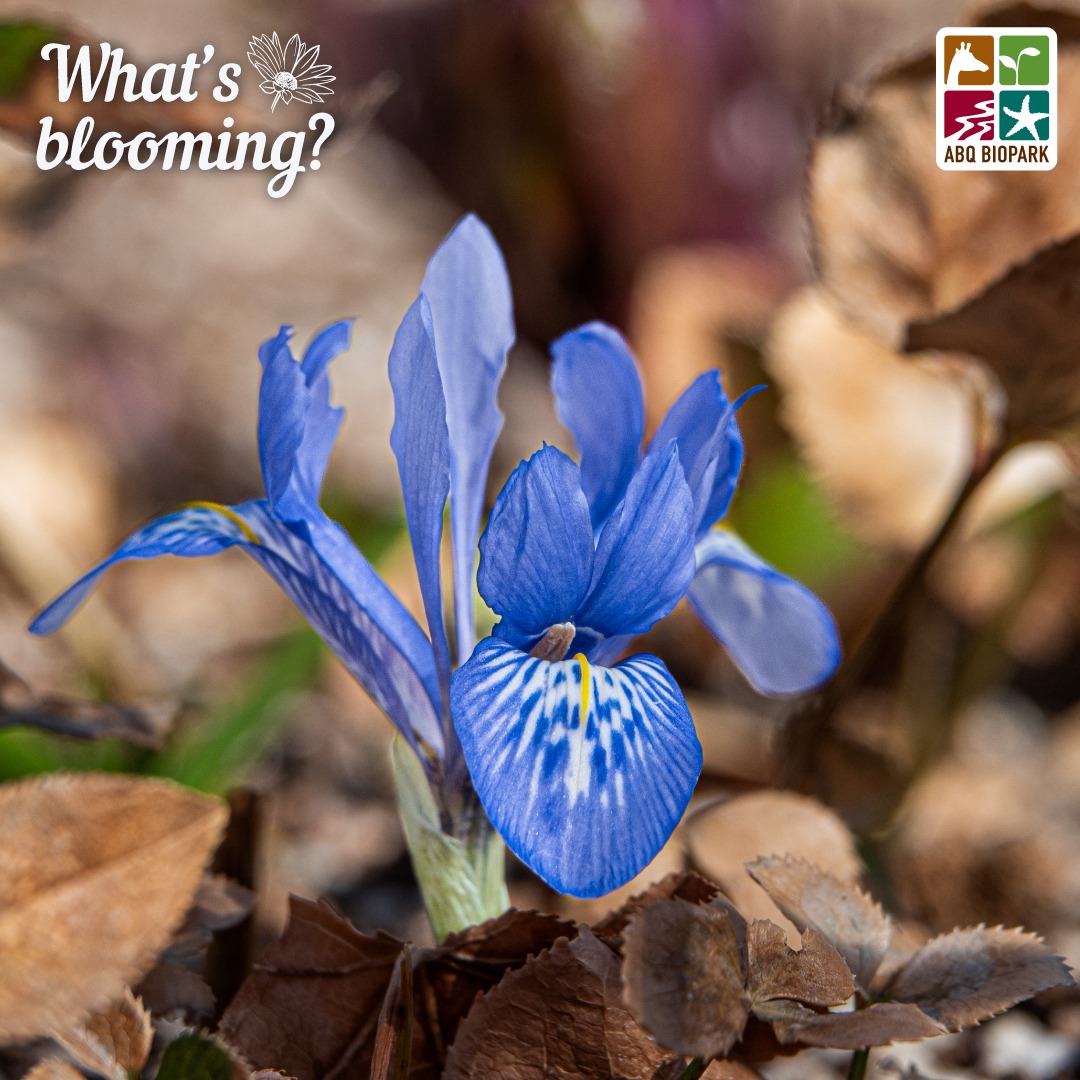- Overview of Dwarf Iris: Botanical Characteristics and Varieties
- Ecological Importance: Early Spring Blooms and Pollinator Attraction
- Cultivation Tips: How to Grow Dwarf Iris Successfully
- Visual Aesthetics: Design Ideas for Gardens with Dwarf Iris
- Conservation Considerations: Preserving Iris Species and Their Habitats
Dwarf Iris, specifically Iris reticulata, is a captivating member of the vast Iris family, which comprises about 310 distinct species. This species stands out for its diminutive size, with flowers typically measuring only one inch in diameter and plants reaching about four inches in height. Native to the temperate regions of western Asia, including parts of eastern Turkey and Iran, Iris reticulata showcases a diverse palette of colors—white, yellow, purple, and a striking royal blue variant known as Iris ‘Harmony.’ Each flower features a gold crest on its downward-facing petals, or “falls,” accompanied by a subtle yet delightful fragrance.
The Dwarf Iris is celebrated not only for its beauty but also for its role as an early harbinger of spring. This species blooms in early spring, often serving as one of the first food sources for pollinators emerging from their winter dormancy. While each individual bloom lasts only three to seven days, the staggered emergence of buds results in an extended flowering period of approximately three weeks. This timing provides critical sustenance for bees, butterflies, and other insects, making Dwarf Iris a vital component of early-season ecology.
In the context of biodiversity, the visual appeal of Dwarf Iris in gardens presents a platform for education about plant ecology and interactions within ecosystems. As gardens increasingly serve as sanctuaries for pollinators, introducing species like Iris reticulata can foster biodiversity and support wildlife conservation efforts.
To successfully cultivate Dwarf Iris, gardeners should consider a few essential aspects: soil conditions, sunlight requirements, and watering practices. These plants thrive in well-draining soil enriched with organic matter, allowing for adequate moisture retention while preventing root rot. Dwarf Iris prefers full sun or partial shade, with at least six hours of sunlight daily being ideal. As for watering, it is crucial to maintain moist but not soggy soil. Proper drainage is vital, particularly in winter, to protect the bulbs from excess moisture.
Dwarf Iris can be showcased in various landscape designs, whether in a formal flower bed, a container garden, or as edging along pathways. Their compact size allows for easy integration into diverse garden styles, providing a lively pop of color during the early spring months. Gardeners can experiment with layering different colors and varieties to create a vibrant tapestry of blooms that not only attracts the eye but also supports thriving pollinator populations.
Conservation is a broader theme linked to Dwarf Iris cultivation. While Iris reticulata is not currently under significant threat, the habitat where it thrives is often subject to agricultural expansion and climate change. Protecting such habitats is essential not only for the survival of this particular species but also for the multitude of organisms that rely on native flora and fauna for their livelihoods. Engaging in sustainable gardening practices, purchasing plants from reputable sources, and participating in conservation initiatives can all contribute to preserving the rich tapestry of biodiversity that includes species like the Dwarf Iris.
In summary, Dwarf Iris serves as more than just an ornamental plant; it symbolizes the interconnection between plants, pollinators, and their ecosystems. The information on the Dwarf Iris emphasizes its importance as an early spring bloomer and its easy cultivation, making it an excellent choice for novice and experienced gardeners alike. By embracing the role of Dwarf Iris in horticulture and conservation, individuals can foster healthier ecosystems while enjoying the beauty of these remarkable flowers.
*****
Source Description
What’s Blooming? Wednesdays-Meet the Dwarf iris: Among the rainbow of around 310 iris species, Iris reticulata is a beautiful little gem that provides a blanket of brilliant blooms along the ground. Sometimes called dwarf iris, they are small flowers only an inch or so across and around four inches tall. It can be found in the wild in temperate regions of western Asia from eastern Turkey to Iran. Like last week’s crocus, their early spring blooms provide some of the first meals to pollinators after winter. Though each individual flower is only around for three to seven days, the gradual succession of buds means their flowering season lasts about three weeks total. Flowers can be white, yellow, purple, or the royal blue of the cultivar Iris ‘Harmony’, but all have a gold crest on each fall (the petal that falls downwards) and a delicate fragrance. Though it may look exotic, it is a great choice for novice gardeners. Visit the Garden’s page to read more about how to grow your own, link in bio!
Pictured: Iris ‘Harmony’ in containers along the Festival Green


